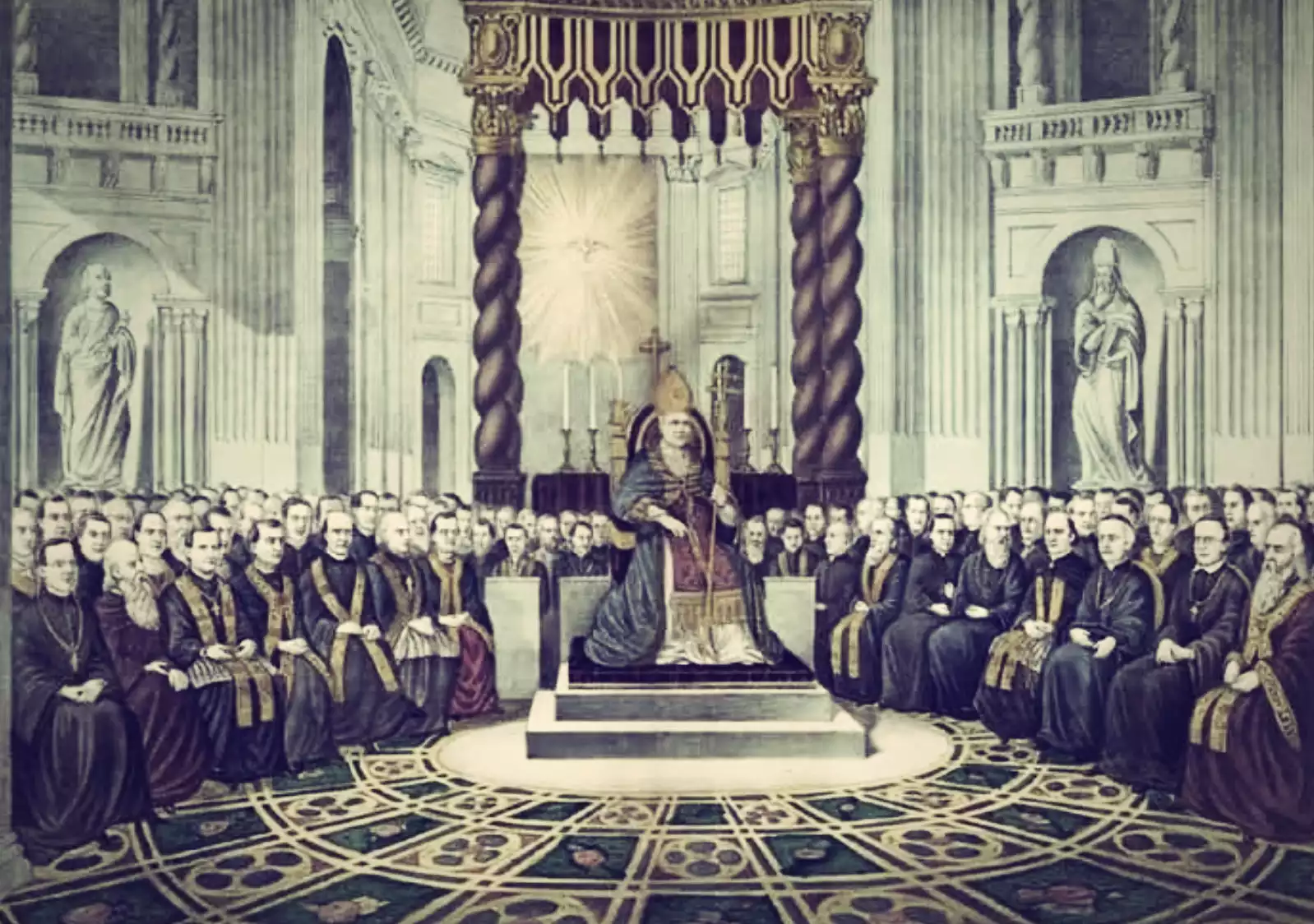
In April 1139, nearly a thousand clerics gathered at the Lateran Palace in Rome for the Tenth Ecumenical Council recognized by the Catholic Church. Convened by Pope Innocent II, the Second Lateran Council aimed to resolve the papal schism of 1130 and reform perceived laxities in ecclesiastical discipline. Its bold decrees tackled issues from clerical marriages to tournament violence, asserting papal and episcopal authority over both spiritual and temporal realms.
Ending the Schism and Confirming Papal Authority
The death of Pope Honorius II in 1130 plunged the Catholic Church into crisis. Rather than a smooth transition to the next leader of Christendom, two rival popes emerged from the fraught papal election that year. While a majority of cardinals backed Cardinal Pietro Pierleoni, who took the name Pope Anacletus II, a minority supported Cardinal Gregorio Papareschi, who became Pope Innocent II. This marked the start of the papal schism, with western Europe’s clerics and royals lining up behind one pope or the other.
At first, Anacletus, backed by Rome’s populace and controlling St. Peter’s Basilica, held the upper hand. But Innocent traveled across Europe promoting his legitimacy, earning recognition from kings like Lothair III and Bernard of Clairvaux, the influential abbot of Clairvaux Abbey in Champagne. In 1135, a council convened by Innocent in Pisa excommunicated Anacletus and condemned his supporters. Momentum shifted away from the Romans’ choice.
Anacletus II died suddenly in 1138, helping resolve tensions. But Innocent II decided to cement his authority with an ecumenical council three years into his pontificate. On April 2nd, 1139, nearly a thousand clerics gathered at the Lateran Palace in Rome to begin the Tenth Ecumenical Council recognized by the Church. This Second Lateran Council aimed to neutralize any lingering effects of the schism and enact reforms.
One key task was confirming Innocent as the legitimate pope. He immediately deposed any clergy ordained by Anacletus or his supporters, bolstering the idea that his rival’s lineage held no validity, having stemmed from a faulty election. Innocent also excommunicated King Roger II of Sicily, likely for cozy ties with Anacletus. Next the Council condemned teachings seen as heretical, like fringe movements rejecting priestly celibacy, infant baptism, or hierarchical church governance.
Perhaps most significantly, the assembled clerics issued decrees touching various aspects of moral and ecclesiastical discipline seen as deteriorating. These sought to restrict clergy corruption and wealth, address violence between Christians, reinforce bishops’ collaboration with monarchs, and uphold marriage sanctity. For instance, priests couldn’t accept benefices—church payments—from laymen, nor could family claim dioceses by inheritance. Strict rules also governed nuns’ and monks’ activities and attire. And tournaments drawing blood were now forbidden to participants risking Christian burial rights.
Through such forceful actions, the Second Lateran Council asserted papal authority, curtailed teachings deemed unorthodox, and attempted reforming the broader church. Its ambitious scope showed spiritual leaders wielding temporal clout, weighing in on issues of succession, violence and justice. But ultimately this council’s impact depended on its decrees’ real-world enforcement. If Lateran’s lofty principles failed to translate locally, its efforts to resolve schism and waywardness could ring hollow in practice.
In closing, the Second Lateran Council showed a medieval papacy seeking to establish spiritual authority and reform wayward clergy and laity alike. Despite tensions remaining after the 1130 schism, Pope Innocent II harnessed the momentum of Anacletus II’s death to unite the church hierarchy behind his sole leadership. Time would tell whether Lateran’s bold decrees and excommunications could truly transform a corrupt, fractured Christendom for its salvation.
References
AA Larson, “Early Stages of Gratian’s Decretum and the Second Lateran Council: A Reconsideration,” Bull. Medieval Canon L., 2007. Accessed on February 7, 2024.
Blum, O. (1908). Second Lateran Council. In The Catholic Encyclopedia. New York: Robert Appleton Company.
Foreville, R. (1966). Lateran Councils. In New Catholic Encyclopedia (Vol. 8). New York: McGraw-Hill.
Watt, J.A. (1991). The Theory of Papal Monarchy in the Thirteenth Century: The Contribution of the Canonists. London: Routledge.
